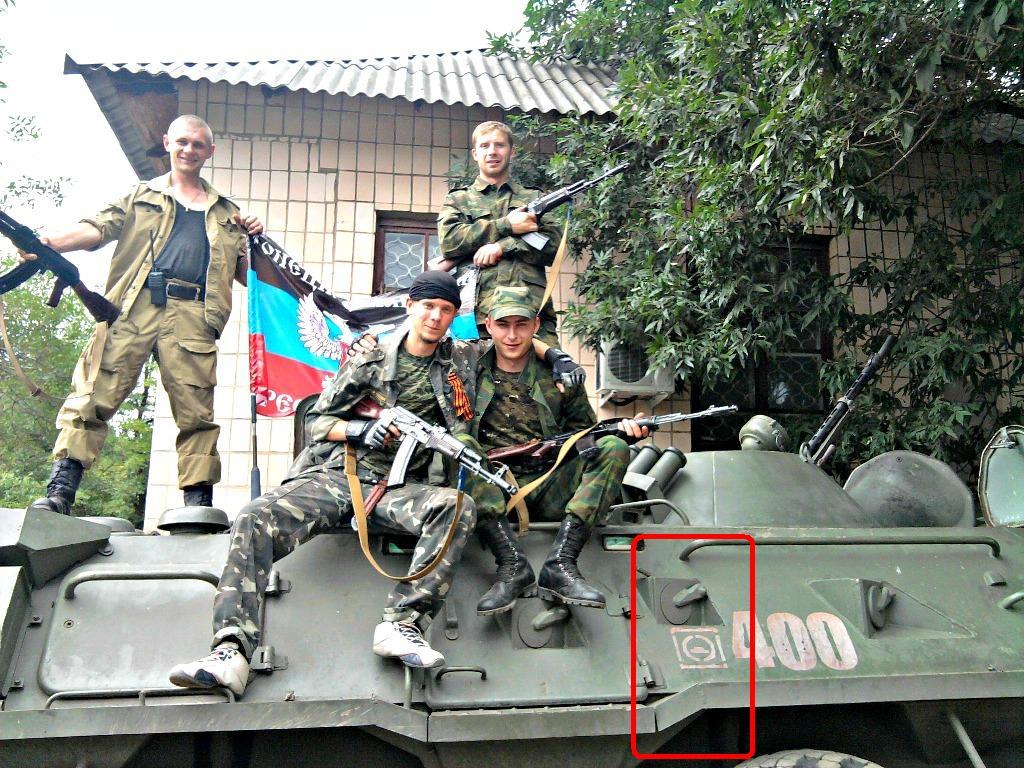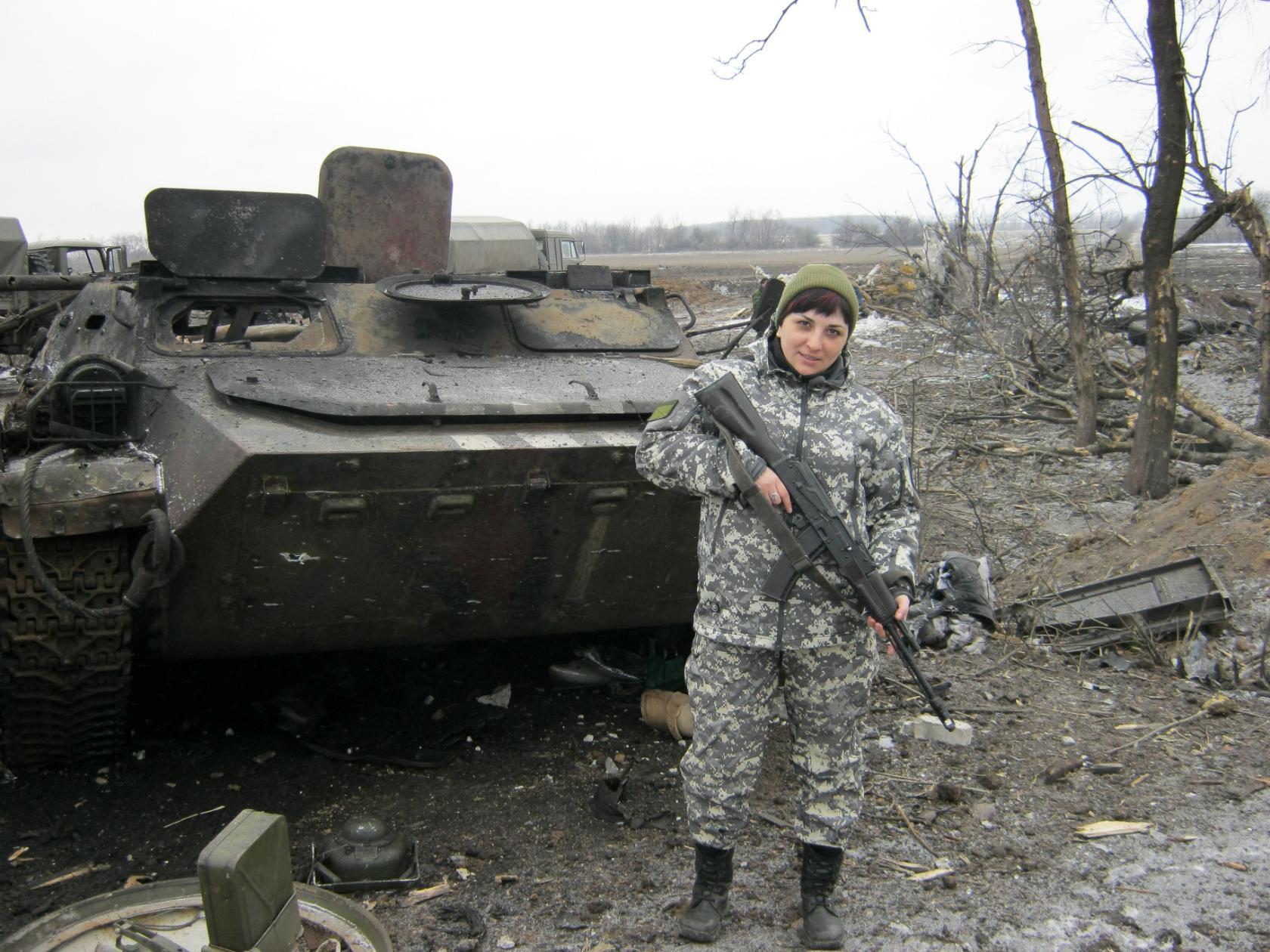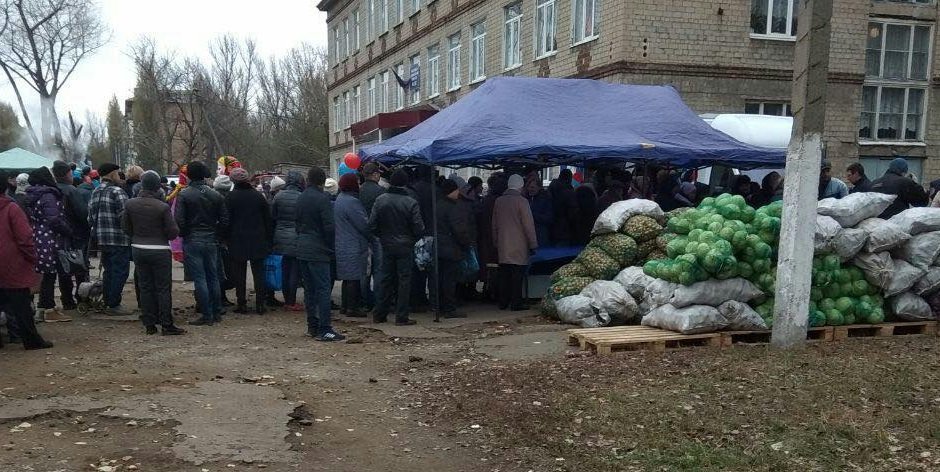Following the hearing in the International Court of Justice regarding Russia financing terrorism in Donbas, the court has until the end of the year to decide whether the case falls within its jurisdiction. Throughout the protracted hearing — marked by complicated juridical arguments — the 17,500 pages of Ukraine’s extensive memorandum were overlooked. Moreover, they will not be considered until the court makes its determination on jurisdiction. Nonetheless, the facts are documented and were recently made public. What then is there and what evidence can Ukraine use if the court proceeds further?
Grad missile shellings and frequent bombings of residential neighbourhoods, together with numerous killings of the opposition — all by Russian weapons — clearly demonstrate that Russia did finance terrorism in Donbas and is guilty of killing civilians.
- First, to prove that DNR and LNR (Donetsk and Luhansk "People's Republics," Russia's puppet states in Donbas) militants have conducted acts of terrorism — killed civilians for political reasons.
- Second, to prove that the Russian Federation has supplied DNR and LNR militants with weapons and training, and has granted them financial support, even when knowing of the terrorist acts conducted by them.
As put forward in Ukraine’s memorandum, terrorist acts by DNR and LNR militants were financed and ordered by Russia. They include intentional shelling of residential neighbourhoods in Kramatorsk, Avdiivka, and Mariupol; targeted killing of unsubmissive civilians; and bombings in Kharkiv, Kyiv, and Odesa. All of these took place during 2014-2017.
The shocking downing of Malaysia Airlines Flight MH17, also documented, was the culmination of the violence. The memorandum describes all crimes at length, but some of the most notorious are worth elaborating.

DNR’s shelling attack on civilian vehicles in Volnovakha
In the mid-afternoon of 13 January 2015, the DNR launched a rocket artillery bombardment of the motorway near a civilian checkpoint close to Volnovakha city. In shelling the checkpoint, DNR fighters clearly intended to kill civilians. The checkpoint had few personnel and did not play a role in the ongoing conflict. There was no military reason to attack it. Employing a BM-21 Grad against such a small target as a checkpoint in the midst of heavy civilian vehicle traffic, at the very least constitutes an indiscriminate attack where serious harm to civilians was a certain outcome. One of the rockets exploded near an innocent civilian, and killed 12 passengers and injured 19 more.
 The beginning of the shelling near Volnovakha:
[youtube https://www.youtube.com/watch?v=G7e0oyomwpw&w=699&h=524]https://youtu.be/G7e0oyomwpw
Mr. Cherepko, one of the witnesses, described his experience:
The beginning of the shelling near Volnovakha:
[youtube https://www.youtube.com/watch?v=G7e0oyomwpw&w=699&h=524]https://youtu.be/G7e0oyomwpw
Mr. Cherepko, one of the witnesses, described his experience:
"While waiting for my turn to go through passport control at the checkpoint, I suddenly heard a whistling noise approaching from a northern direction. I did not register exactly where it came from, however, because it happened very fast. And a fraction of a second later, from the right side of the bus (going from Volnovakha in the direction of Donetsk) I heard a loud boom, which sounded like an exploding shell, and the windows of the bus simultaneously shattered, while metal fragments damaged the body of the bus."

DNR’s shelling attack of the Vostochnyi neighborhood in Mariupol
On 24 January 2015, less than two weeks after the attack in Volnovakha, the DNR carried out another large-scale attack on civilians, this time bombarding the Vostochniy residential neighborhood in Mariupol. As in Volnovakha, the DNR used BM-21 Grads. Thirty civilians, including children, were killed and 118 were injured.

DNR’s shelling attack of a residential neighborhood in Kramatorsk
On 10 February 2015, less than 10 days after the Trilateral Contact Group meeting, and one day before Ukrainian diplomatic peace talks were scheduled with Germany and France, the DNR shelled a residential neighbourhood in Kramatorsk. Seven civilians were killed and 26 more were injured. The intended target could be the strategic Kramatorsk airport -- a Ukrainian Armed Forces headquarters. However, the airport is two-kilometre away from residential apartments, and it would be possible to damage the city only intentionally by special shelling planned to include civilian carnage?
DNR’s continuous shelling on civilians in Avdiivka
In January and February of 2017, the extended shelling of Ukrainian cities continued in Avdiivka. Although Ukrainian military positions were operating along the south of the city, military objectives do not explain the many rocket and mortar attacks two kilometers and farther from those military zones. Read also:- Avdiivka attacked, OSCE under shelling, 2 soldiers killed in 157 attacks over 2 days #DonbasReports
- The Avdiivka coke factory is in trouble, and that’s bad news for Ukraine’s industry

Trending Now
Campaign of bombing attacks in Ukrainian cities
While Russia’s proxies subjected civilians in Donbas to rocket barrages, other illegal armed groups, including the Kharkiv Partisans, carried out parallel efforts. Their goal was the same -- to instill fear in Ukraine’s major cities that are situated far from the contact line. These included Odesa, Kyiv, and especially Kharkiv. A string of bombing attacks in Kharkiv killed at least three civilians, injured some 20 more, and damaged numerous buildings. From July 2014 to May 2015, the OHCHR counted more than 45 separate explosions in the city, with the six most notorious targeted to destroy public spaces or to damage critical infrastructure (e.g., Malyshev factory).
In reality, terrorist cells were not united within any coherent organizational structure -- the common denominator was simply being pro-Russian. However, all of them were in direct or indirect contact with Russian government patrons and received, from Russia, money and bombs.

Targeted killing
Targeted killing is also a terror tactic of Russian proxies, since only those who openly oppose the regime are killed. Volodymyr Rybak, Horlivka town councilor, tried to hang a Ukrainian flag on the city council building. He was kidnapped, tortured, and murdered. Intercepted telephone conversations prove that Russian national commander Igor Bezler gave the order to kill Rybak. OHCHR reports cite many more such cases.- On 8 May 2014, “...the burned body of Valeriy Salo, a farmer and head of a pro-Maidan, local cultural group, was found a day after he had been abducted by armed persons from his village.”
- Two days later on 10 May, OHCHR reported that “three ‘Pro-Ukrainian’ female activists, not involved in any fighting, were abducted and detained by armed persons in Kramatorsk. One of them was released the next day after reportedly being tortured. She was subsequently hospitalized in Sloviansk, suffering from broken ribs, a pierced liver, a head injury, and multiple bruises.”
- On 18 May, DNR members forcibly seized an elderly farmer from his home in a village near Sloviansk. He was accused of bringing food to the Ukrainian forces.
- “They brought him into his yard, read a ‘sentence’ in the name of the ‘Donetsk People’s Republic’ and shot [him] dead, in front of his family and neighbours.”
- On 29 August, the LNR murdered Hennadii Khitrenko, a retired policeman and a member of the Krymske village council, in his own home in front of his father. Khitrenko’s father stated he believed his son “was killed because he was known to be a supporter of the territorial integrity of Ukraine. Several days before, he had gone to the military commissariat to volunteer for the National Guard of Ukraine.”
While knowing about all these cases from reports to the UN Security Council and other sources, the Russian Federation did nothing to suppress the financing of the ongoing campaign of terrorism. Instead, Russia exacerbated the terror by promoting and supporting illegal armed groups in eastern Ukraine. Their efforts were often facilitated by state officials who themselves furnished money and weapons to these groups.
Russia financing and supporting terrorism
The Russian Federation is known to have been coordinating a campaign to provide lethal assistance to its proxies. Ignoring the OHCHR’s explicit warnings prohibiting “transfers of arms and ammunition [given the] substantial risk that they will be used in serious violations or abuses of international human rights or humanitarian law [including] indiscriminate shelling.” OHCHR confirmed, in their reports, that there was a continual inflow of weapons to the proxies from the Russian Federation. Beginning in the spring of 2014, Ukrainian armed forces began seizing DNR and LNR artillery, including:- surface-to-air anti-aircraft missiles;
- 275 multiple-launch rocket systems;
- and battle tanks bearing obvious markings of Russian origin or displaying clear identification as property of the Russian armed forces.


Russian involvement in Kyiv, Kharkiv, and Odesa bombing attacks all fit the same pattern. The perpetrators communicated with Russian intelligence agents based in Russia, mostly in Belgorod. They would confirm their willingness to carry out bombing attacks in Ukraine. Russian intelligence officers would arrange for the perpetrators to receive explosives, money, or both.
Why the Ukrainian memorandum hasn’t yet been considered, and whether it will be considered at all in the Court
Although there is evidence proving that Russian proxies killed civilians for political purposes — acts that can be considered as terrorism — the question remains whether it constitutes terrorism from the judicial point of view and whether the International Convention for the Suppression of the Financing of Terrorism — the convention on which Ukraine bases its appeal — can be applied. Russia claims all their actions are justified because there is war in Ukraine (they go so far as to term it a civil war), thus the convention on financing terrorism cannot be applied."The nature of the Ukrainian accusations against Russia and the contradictions between the two countries that arose on their soil, are not related to any of the conventions. Thus, the civil war in Donbas, which was unleashed by Kyiv, is not regulated by the International Convention for the Suppression of the Financing of Terrorism,” the Russian Foreign Ministry has said.Olena Zerkal, Deputy Minister of Foreign Affairs of Ukraine, asserts that Russia manipulates the facts by claiming that the war in Ukraine is a “civil war” and denying Russian financial and military support is being delivered to the militants of the DNR and LNR. Although such denials are indeed a manipulation — if not a direct lie — the judicial argument of Russia that the convention is not applicable to the war is significant. Bohdan Yaremenko, a Ukrainian diplomat and head of the Maidan of Foreign Affairs Foundation comments:
“Russia does not finance terrorism on the territory of Ukraine. Russia finances the war and wages this war against Ukraine. This is quite different in the legal sense of the concept; it's completely different circumstances. In the framework of financing and waging the war against Ukraine, Russia, indeed, resorts to methods that resemble terrorist attacks.”Also, Moscow claims that Kyiv did not comply with the requirement of international law to make an effort to reach a peaceful settlement of the dispute before appealing to the court. It was this argument that was decisive for the loss of Georgia's similar lawsuit against Russia, after the Russian-Georgian war of 2008. Ukraine has tried to demonstrate that it has pursued all the possibilities for negotiations and that it is because of the Russia position that no agreement has been achieved. Although the facts submitted by Ukraine are self-evident, and terrorism in Ukraine does fall within the broad definition of the “financing of terrorism” as outlined in the convention, in the purely judicial sense they are not indisputable.





